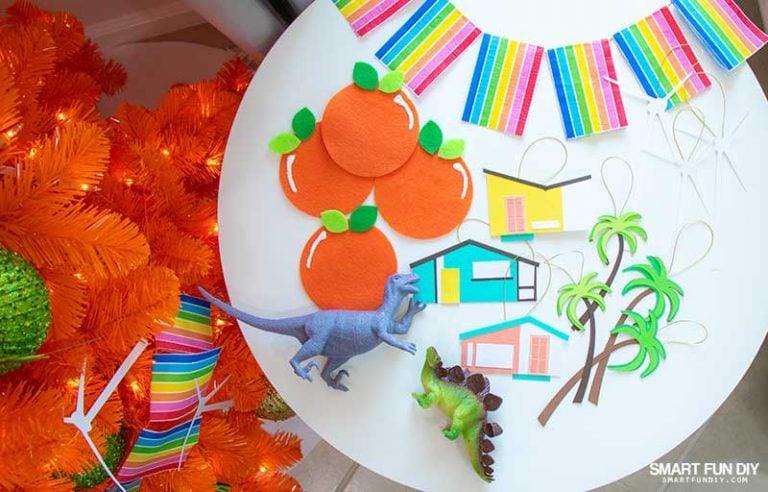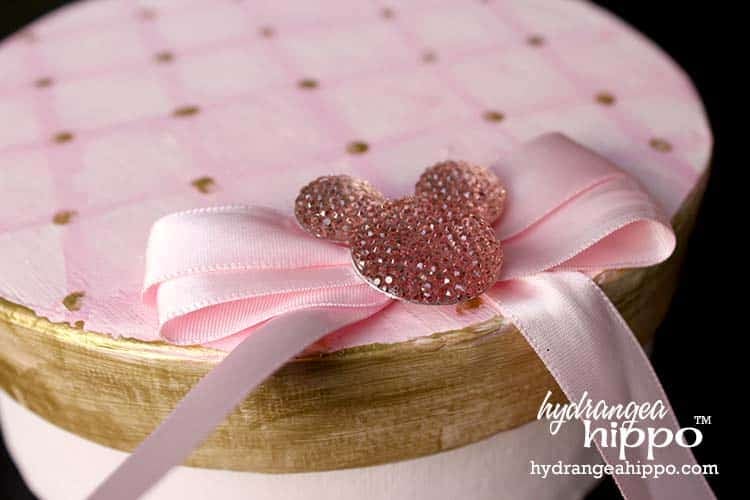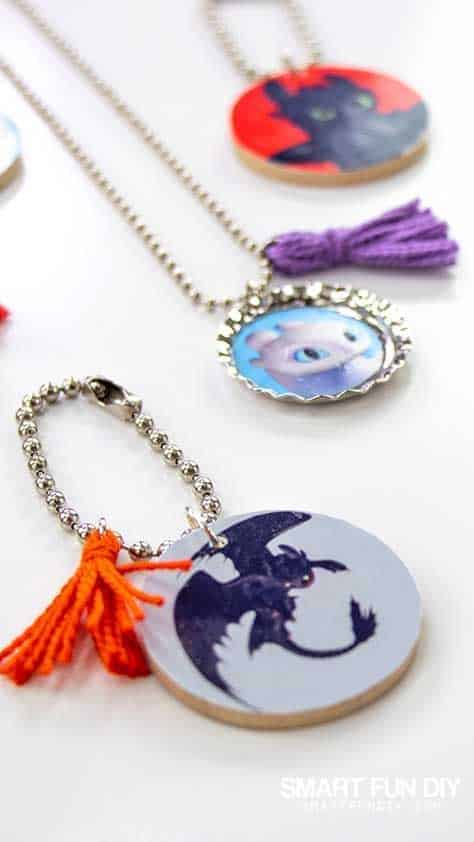This content may include affiliate links, which means if you click on them, I may get a commission. The cool thing is, there’s no extra cost to you!
4 Clever Tips Every Crafter Should Know for Stencils
In this article: Stop paint from bleeding under your stencils with these easy tips! Plus make a quick DIY wood sign with a frame with chalk paint and your favorite craft stencil design.
This post has been sponsored by Plaid Crafts. All opinions are 100% mine.
Wood signs are super popular in home decor right now. Farmhouse style signs look deceptively easy to make but don't their simple design fool you.
Ask a long time crafter, I've made every mistake possible with stencils and paint. Before you start a wood sign project or use paint and stencils, read through these tried and true tips I've figured out along the way:

1. The trick to stenciling a small wood sign
Many farmhouse style signs are large but small wood signs fit perfectly in so many spaces.
Craft stores sell unfinished wood signs with the frames attached. The frames end up being in the way as you try to stencil or paint a design onto the wood.
Instead of buying pre-made signs, create your own with scraps of plywood.
Stencil the design onto the plywood base.
Then add a frame using molding or square dowels.

Tip: Use pencil to outline the frame to help with placing the stencil onto the sign so it won't be obscured when the frame is added later.
How to cut plywood without power tools
I created this sign with plywood scraps leftover after my dad and I built a dog house together earlier this spring. If you don't have scrap wood, you can pick up plywood sheets at the home improvement store.
Plywood sheets at the home improvement store are typically 6 feet wide by 8 feet tall. This won't fit in most cars. And you'll need a table saw or circular saw to rip the plywood down to smaller pieces to use for signs.
Luckily, many home improvement stores have large plywood saws near the plywood area in the store. You can cut the wood in the store, with their saw!
You can also cut the wood dowels for the frame in the home improvement store before you buy them.
2. How to hold your stencil in place
It might sound like a good idea to use tape, or even “painter's tape, to hold your stencil in place while you apply paint.
Don't hold your stencil in place with tape!
Tape can peel the base layer of paint on your sign's background away, especially if it has not dried completely.
If the stencil is not completely flat when taped down, sections of the stencil can lift away from the surface and allow paint to seep below, causing the blobby mess we're trying to avoid.
The secret weapon for holding stencils in place, even when using them over and over
Stencil adhesive. Yes, FolkArt® Stencil Adhesive is made specifically to hold stencils in place without damaging the surface below.

Apply a dab of stencil adhesive to each corner of the stencil, following the manufacturer directions. FolkArt® Stencil Adhesive will hold your stencil in place over and over, as it's reusable once applied to the stencil.
3. How to prevent stencils from bleeding
Paint seeping under the stencil is a huge problem when stenciling. Check out these tricks for creating crisp stenciled images, every time:
The secret to preventing stencil bleed under ANY stencil, even vinyl!
A common painter's tip for creating clean lines with wall paint is to paint over the tape with the color that is already on the wall first. The paint seals the edge of the tape, creating a crisp line when the tape is peeled away after you paint it with a different color on top.
Applying clear Mod Podge over top of the stencil before you paint has the same effect.

Dab Mod Podge onto the edges of the stencil with a stiff brush or your finger. Allow to dry. Then apply your favorite paint through the stencil.
Peel away the stencil to reveal a crisp, clean edge to the stenciled design.
Tip: Use matte Mod Podge when working with chalk paint or on farmhouse style projects. The shiny finish of standard Gloss Mod Podge can show through the paint in high contrast to the muted dull finish of the farmhouse design style.
This technique also works with vinyl stencils, even super tiny ones like these!
4. Why you should never brush paint over a stencil
Brushing paint over a stencil will push the paint under the stencil edges, causing paint bleed.
Always dab paint onto the stencil to apply. If the brush is overloaded with paint, the excess paint will seep under the stencil while dabbing.
Dab some of the excess paint off of the brush before applying it through the stencil.
Stencil brushes are the best brushes for stenciling:
- Stiff bristles won't bend under the stencil while dabbing
- Compact brush holds just enough paint, preventing bleeding
- Shape forces you to dab the paint on rather than brush
- Stencil brushes are MADE for stenciling!
Pick up FolkArt® stencil brushes in your favorite local crafts store.

Quick & Easy DIY Farmhouse Style Sign
Farmhouse style signs are super popular. That's French for “expensive”. Luckily, you can use FolkArt® Home Decor Chalk Paint to get the farmhouse look on your signs without the hefty price tag.
DIY this kitchen sign in just a couple of hours!

Supplies for a simple farmhouse wood sign
- FolkArt® Home Decor Chalk Paint
- FolkArt® Stencil Adhesive
- Mod Podge, matte finish
- FolkArt® Stencil
- scrap piece of plywood
- 1″ square dowel cut to dimensions of the wood piece
- Pencil
- FolkArt® stencil brushes
- Mod Podge brushes
- Glue gun
- Sandpaper
If you like the look of chalk paint, check out this vintage style wood tote project …
How to paint a DIY wood sign with a stencil

- Position the wood dowels onto the plywood to form the frame. Trace with a pencil onto the plywood.
- Paint the wood dowels. Allow to dry.
- Paint the background of the sign, staying just outside the pencil lines. Allow to dry.
- Apply the stencil adhesive to the back of the stencil as directed on the bottle.
- Position the stencil on the sign within the pencil lines. Press to set.
- Apply a thin coat of Mod Podge to the edges of the stencil design with your finger or a stiff brush. Allow to dry. Do not move the stencil.

- Using a stencil brush, apply FolkArt® Home Decor Chalk paint to the stencil using a dabbing motion. Avoid brushing the paint over the stencil.
- Remove the stencil and wash with warm water and soap.
- Sand all pieces to distress, if desired.
- Arrange the frame pieces onto the plywood sign.
- Adhere in place using hot glue.
Tip: Spackle the plywood to fill knots and holes for a smoother surface. Or use the spackle to add extra texture to the top of the plywood. Allow to dry for at least 24 hours before painting.

Want to make more wood signs like this?
Find out more about creating fun and easy home decor pieces with FolkArt® Home Decor Chalk Paint and stencils at Plaid.com
About the Author
Jennifer Priest is a 20+ year designer in the arts & crafts industry and home DIYer with a passion for creativity. An Army veteran raised on a ranch, from her experience, she shares smart DIY projects that save money and fun craft ideas that anyone can make. Besides blogging, Jennifer is a Master Practitioner and Trainer of NLP, Hypnosis, and MER, and coaches other online entrepreneurs on money mindset, business, and living an intentional life. When not blogging, Jennifer is having adventures in the wilderness, on road trips, playing with her cats, and making paleo food.








